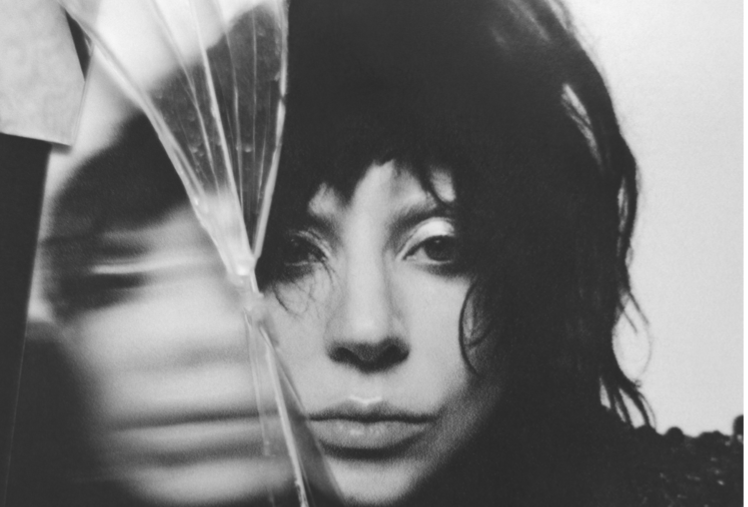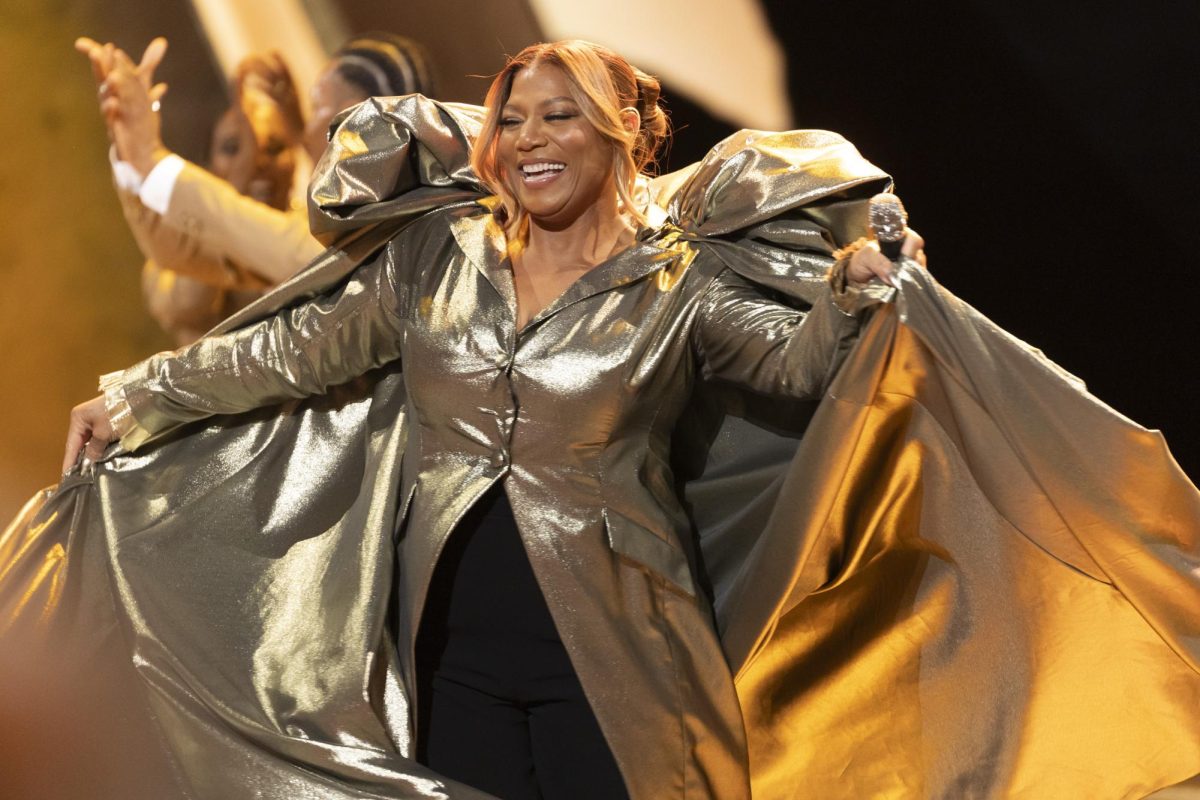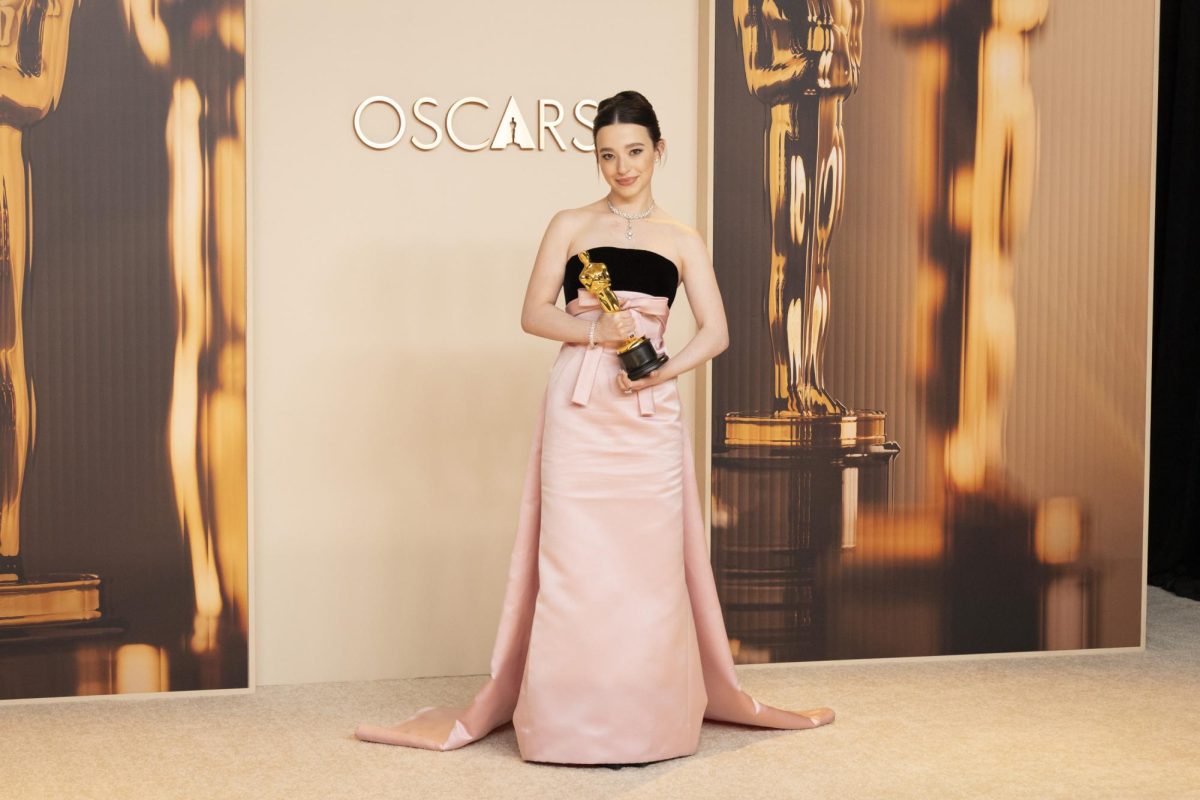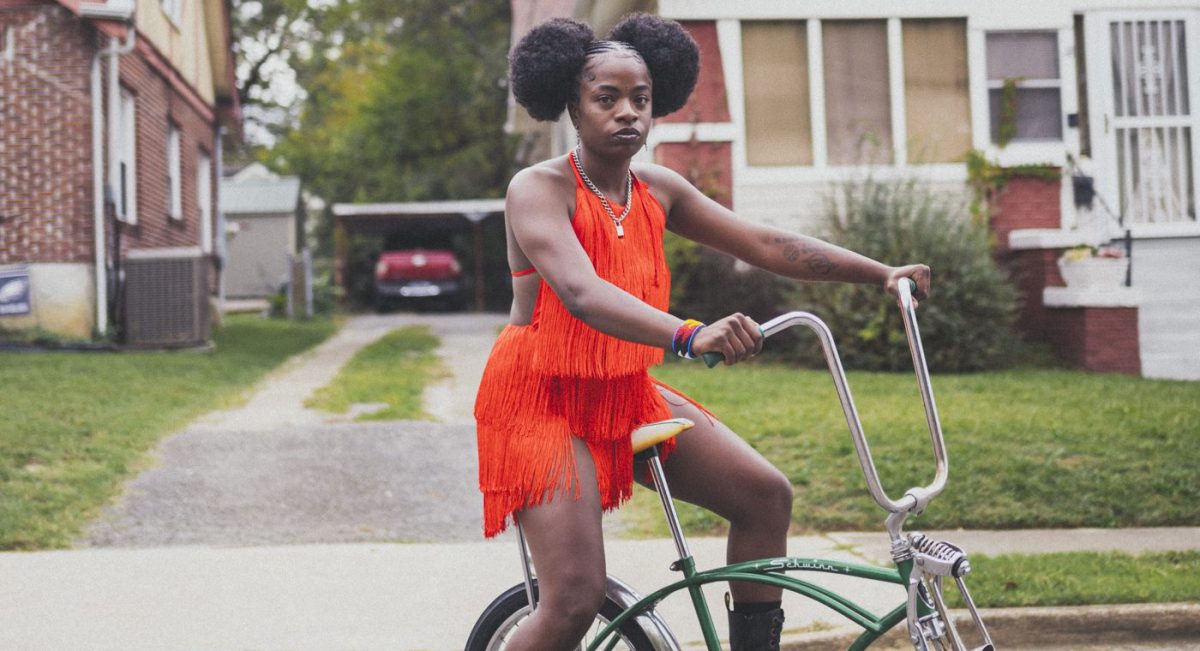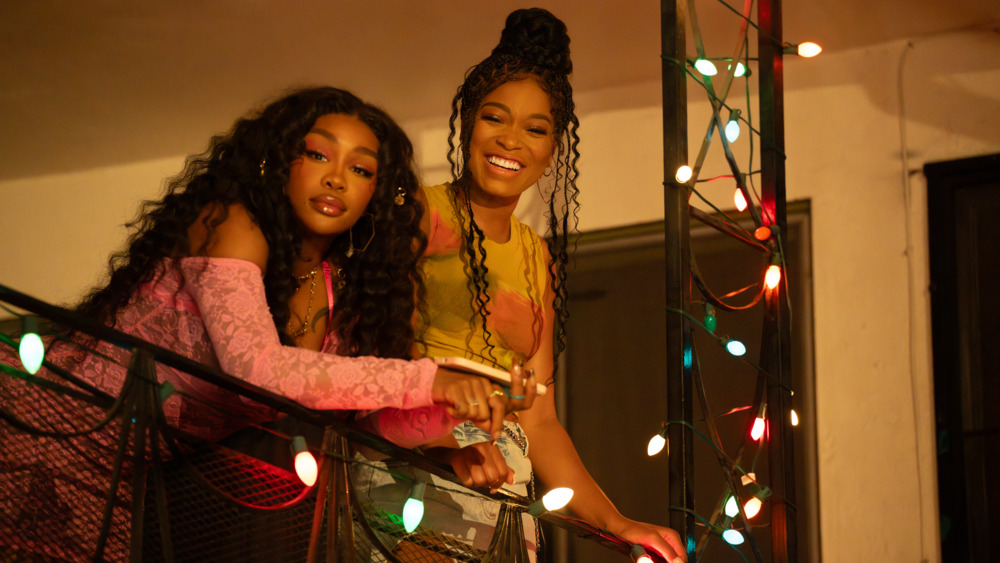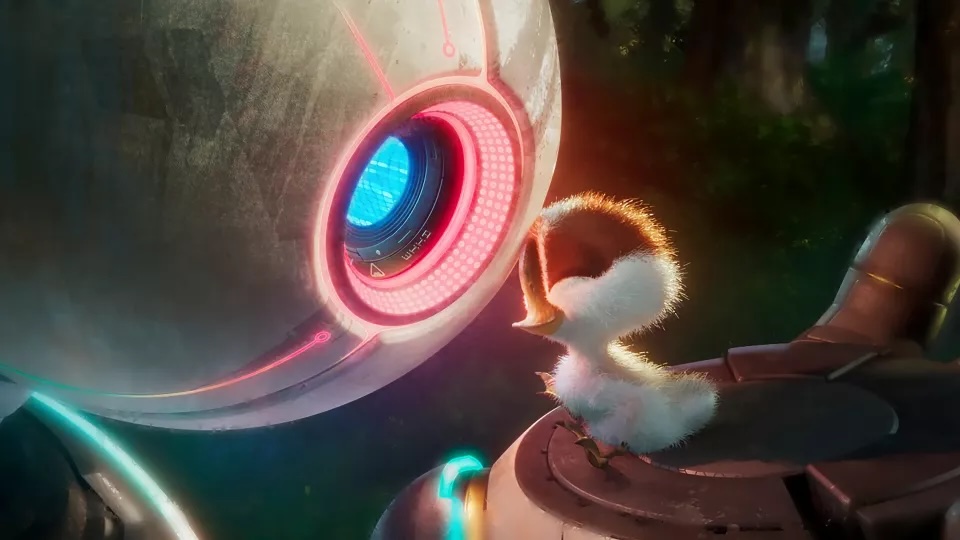Photo courtesy of IMDb
Story by Matthew Giffin | Contributing Writer
Matt Reeves’ “The Batman” is arguably the superhero icon’s best cinematic outing yet, headlined by big names and having the biggest box office opening weekend in North America since the onset of the Covid-19 pandemic, second only to “Spider-Man: No Way Home.”
The film opens with its mentally deranged antagonist, the Riddler (Paul Dano), murdering a Gotham City mayoral candidate and leaving a crime scene full of clues to follow for Batman (Robert Pattinson), James Gordon (Jeffrey Wright) and the city’s police department. While hunting down the Riddler, the caped crusader crosses paths with a cat burglar named Selina Kyle (Zoë Kravitz), a crime boss called the Penguin (Colin Farrell) and his superior, Carmine Falcone (John Turturro).
“The Batman” explores its themes in an engaging, refreshing way in a market oversaturated with soulless superhero cinema. While sticking to the tried-and-true formula of comic book film adaptations, Matt Reeves bends the mold just enough to avoid falling in the trap of repeating the past, which is difficult for a character that’s been rebooted in film so many times. While a fun watch, viewers will be hanging in suspense but not totally exhausted as the tension rises throughout the movie.
Pattinson exceeded all expectations and then some for his performance as Bruce Wayne, who never appears to be a separate character from Batman in this movie, as is sometimes the case in movies where the protagonist has a secret identity apart from his superhero persona. Here, the Bat, expressive and wrathful, is less controlled than the brooding Bruce Wayne. Nonetheless, the billionaire playboy has nixed the “playboy” part and is more of an emotionally tormented recluse, hiding away from public life rather than pursuing it.
Not only that, but Pattinson’s physicality in the Batman suit, which he donned for most of the movie, was palpable and arguably presented the most intimidating live action appearance of the Dark Knight to date.
The result is a grittier version of the character whose trauma, though present throughout the film, is not overdone but comparable to Christian Bale’s previous portrayal in its believability. Pattinson, the star of the infamous “Twilight Saga,” has proved to wary comic book fans that past roles don’t define an actor. His tenure as Gotham’s silent protector will be remembered in the upper echelon of Batmen, if not as the best of them.
Not to be overshadowed by his opposition, the Golden Globe-nominated Paul Dano commanded the audience’s attention whenever he appeared on-screen as the first live action iteration of the Riddler since Jim Carrey. Dano’s truly unnerving portrayal, clearly inspired by the Zodiac Killer, was a critical part of the film’s generally disturbing tone, reminding the viewer that while parts of a villain’s character cannot be understood, they are still to be pitied.
In fact, none of the performances in this movie are to be sneezed at. Colin Farrell’s Penguin was sleazy but comical, Zoë Kravitz’s Catwoman playful but vindictive, Jeffrey Wright’s James Gordon tough but likable, and all the supporting cast played their parts beautifully.
The film is also gorgeous, a visual masterwork but not in the way of overwhelming CGI like a typical comic book flick. A cramped Gotham City street, intense red lighting, an imposing Batman taking down criminals in a dark hallway lit up only by gunfire. The action pieces were engaging as well, like whenever Batman decides to use his fists or fires up the Batmobile for an exciting car chase. Batman always wins a fight, but the film made clear he is not invincible, which gave these action scenes much more weight.
So, what was wrong with the DC Comics vigilante’s fourth iteration? For starters, its nearly three-hour runtime is far from justified. The film is bloated mostly by sequel set-ups and an out-of-character romance initiated by Catwoman. Setting up a sequel is fine, but when removing the set-up from the film takes nothing away from the plot, that set-up is not engaging and feels like dead weight. One particular scene that teases a familiar Batman villain is more suitable to being shown after the credits than during the main film.
And, while the Bat-Cat romance has precedent in the comic books, the reasons in the film for Catwoman’s attraction to Batman aren’t made clear (while the reasons for Batman’s attraction to her are made a little too clear). The result is not romance, which would have been brilliantly executed had the groundwork been properly laid, but sexual tension disguised as romance.
Despite these failures, the film is not completely ruined by them. “The Batman” is still one of the better products of the superhero movie boom and has breathed some much-needed life into DC properties that will leave fans waiting for the same Bat-time on the same Bat-channel for the next installment.
To contact Lifestyles Editor Ethan Pickering, email [email protected].
For more news, visit www.mtsusidelines.com, or follow us on Facebook at MTSU Sidelines or on Twitter at @Sidelines_News




